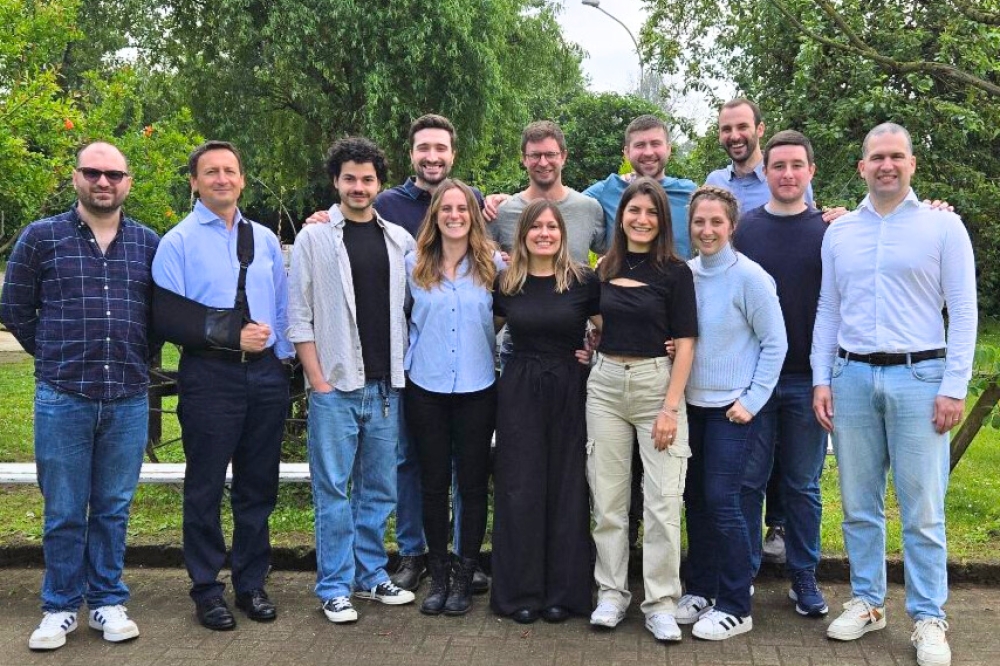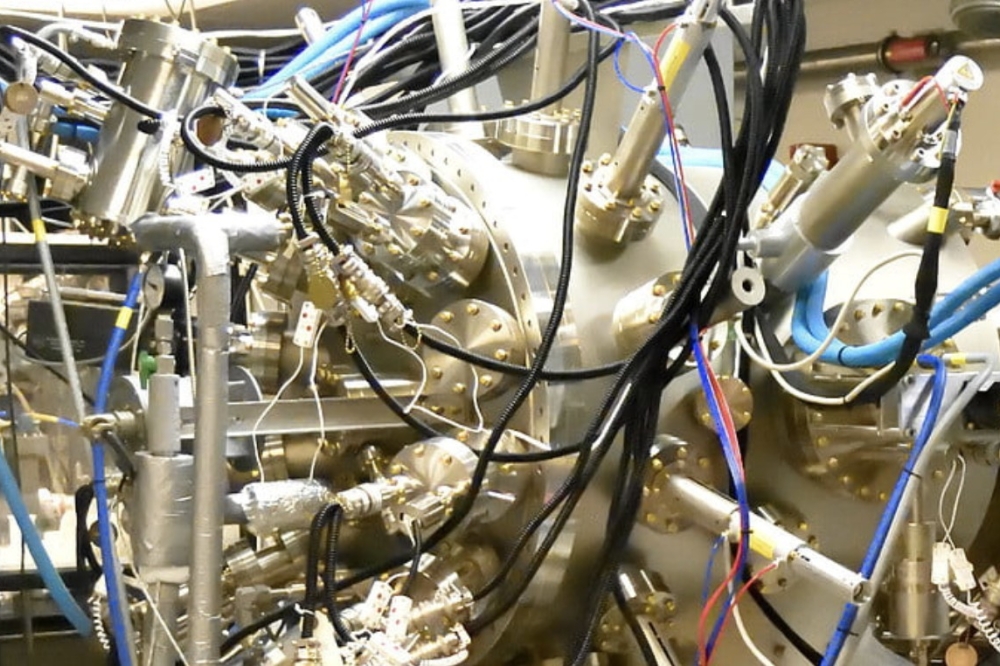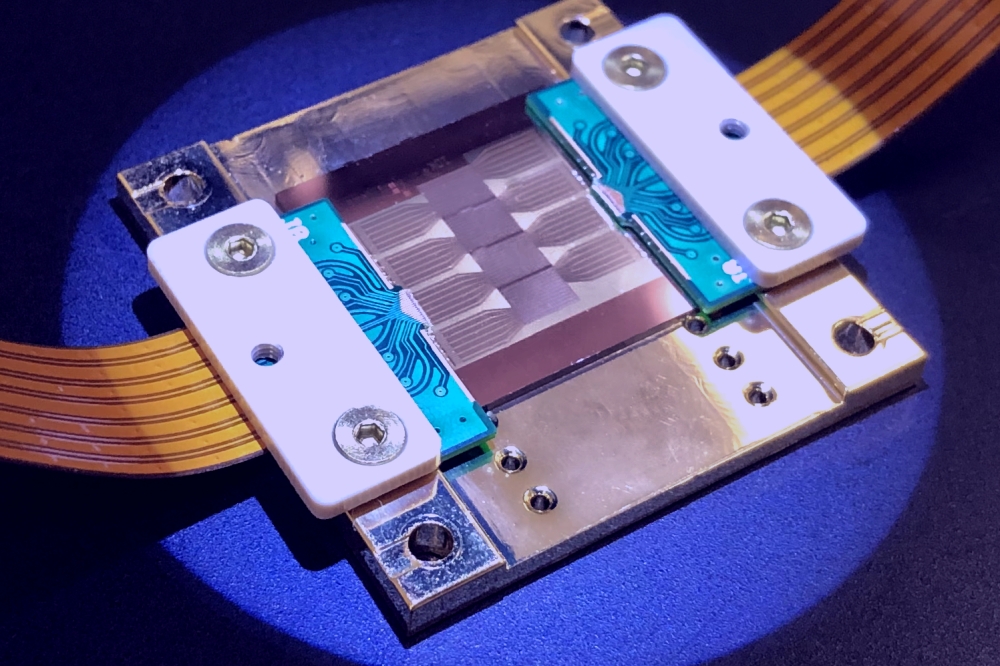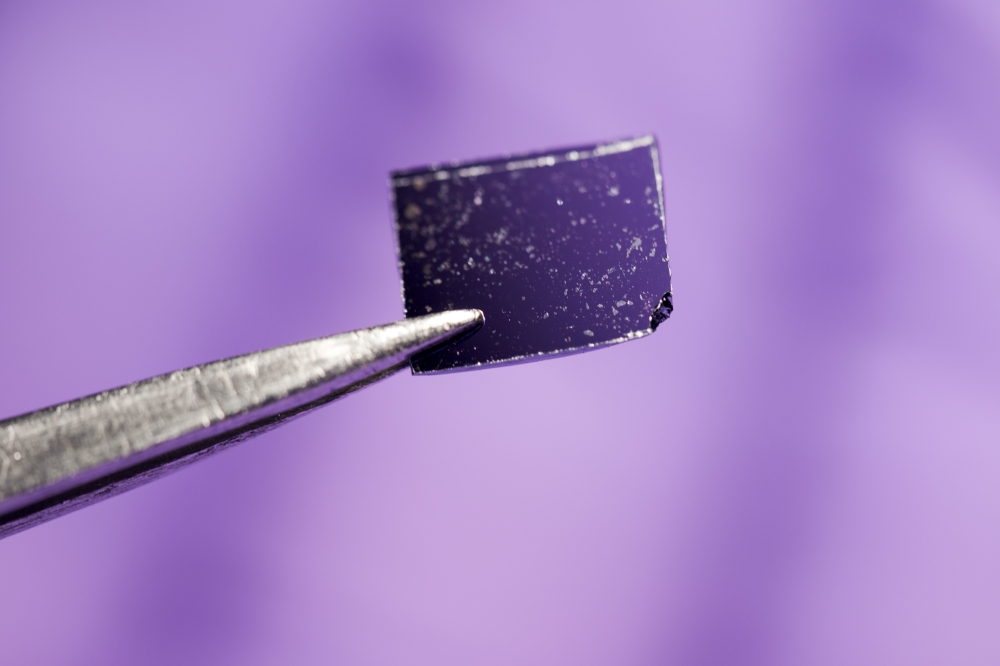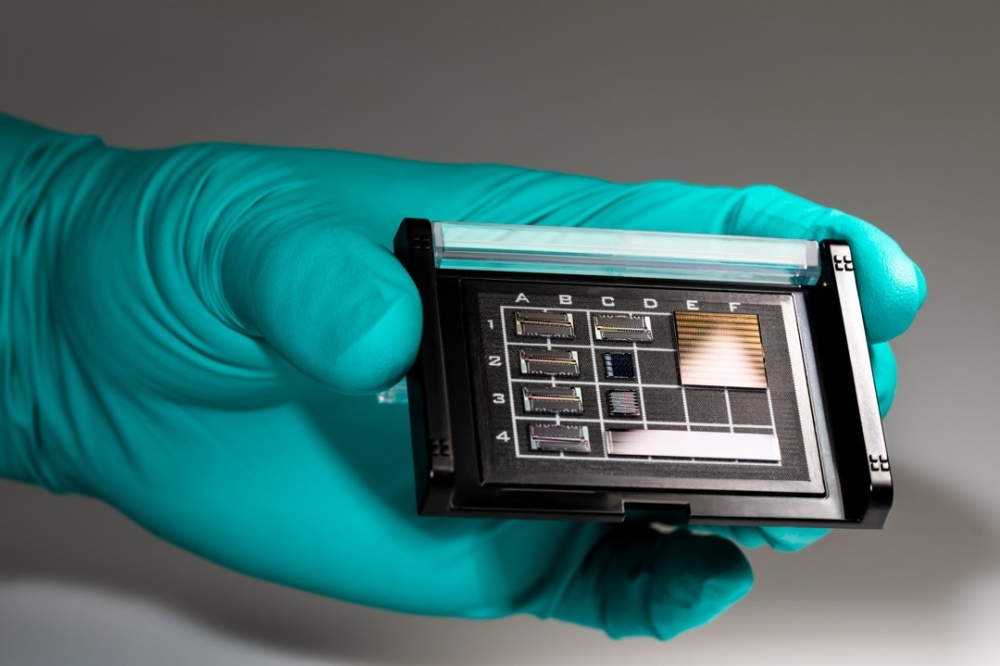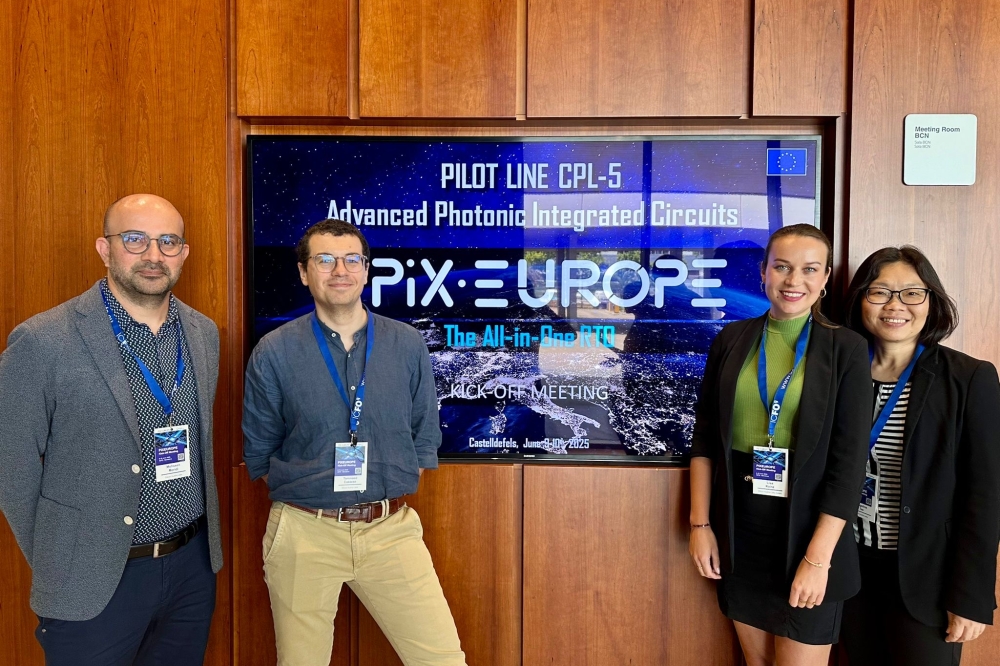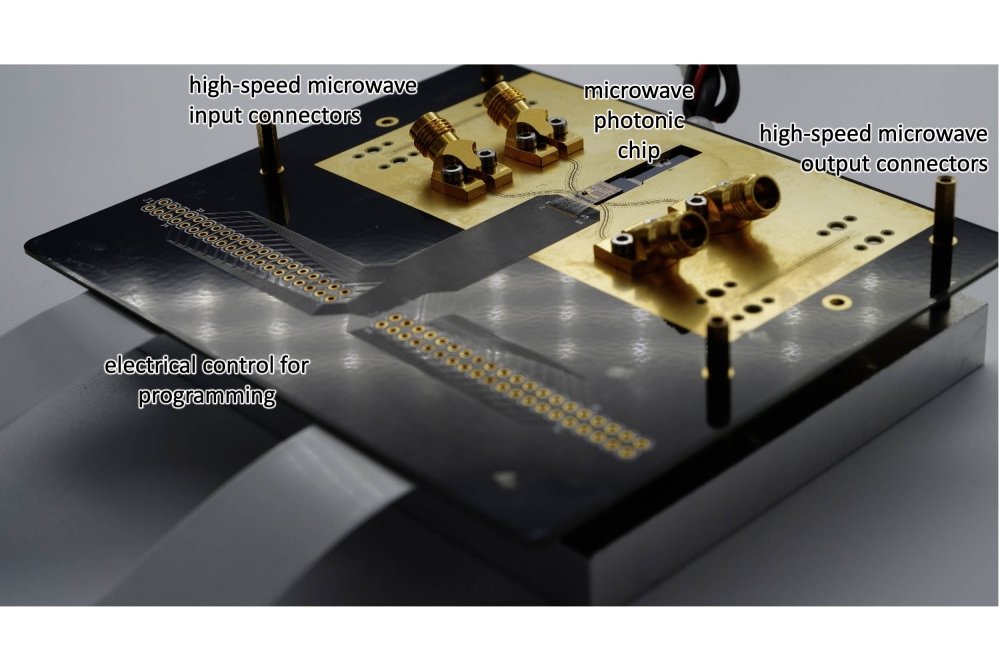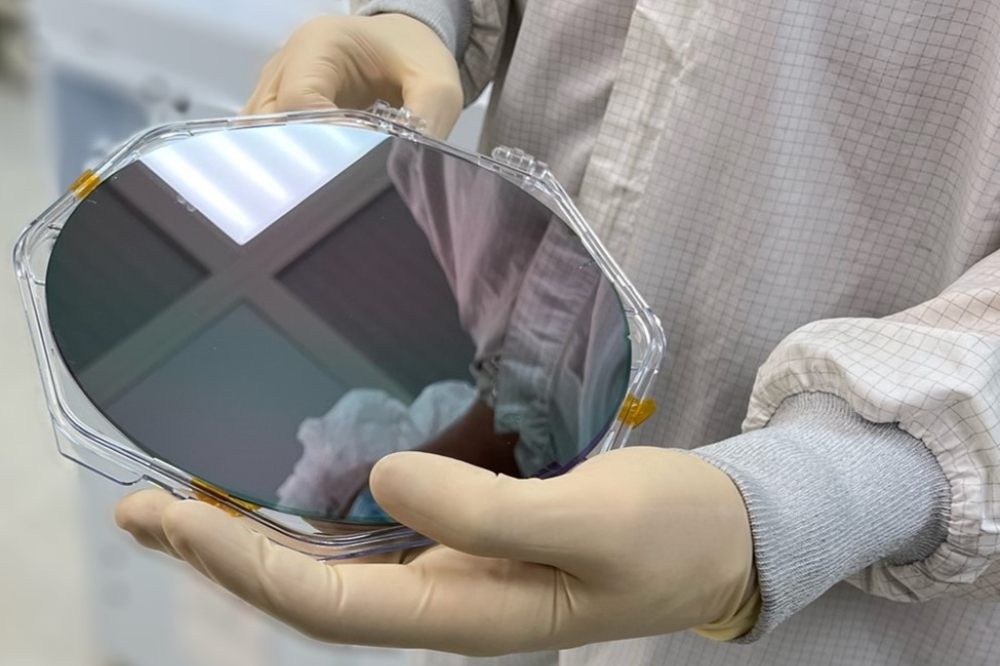A PIC-based fibre-optic quantum communications network

Researchers at the University of Rochester and the Rochester Institute of Technology have created PICs that facilitate quantum communication across 11 miles, aiming to develop a network that could enable communication between different types of qubits
Researchers at the University of Rochester and Rochester Institute of Technology have announced that they have recently connected their campuses with an experimental quantum communications network using two optical fibres. In a new paper published in Optica Quantum, scientists describe the Rochester Quantum Network (RoQNET), which uses single photons to transmit information about 11 miles along fibre-optic lines at room temperature using optical wavelengths.
Quantum communications networks have the potential to massively improve the security with which information is transmitted, making messages impossible to clone or intercept without detection. Quantum communication works with quantum bits, or qubits, that can be physically created using atoms, superconductors, and even in defects in materials like diamond. However, photons are the best type of qubit for long-distance quantum communications.
Part of photons’ appeal is that they could theoretically be transmitted over existing fibre-optic telecommunications lines that already crisscross the globe. In the future, many types of qubits might be utilised because qubit sources, like quantum dots or trapped ions, each have their own advantages for specific applications in quantum computing or different types of quantum sensing. However, photons are the most compatible with existing communications lines. The new paper is focused on making quantum communication between different types of qubits in a network a reality.
“This is an exciting step creating quantum networks that would protect communications and empower new approaches to distributed computing and imaging,” says Nickolas Vamivakas, the Marie C. Wilson and Joseph C. Wilson Professor of Optical Physics, who led the University of Rochester’s efforts. “While other groups have developed experimental quantum networks, RoQNET is unique in its use of integrated quantum photonic chips for quantum light generation and solid-state based quantum memory nodes.”
The teams at the University of Rochester and RIT combined their expertise in optics, quantum information, and photonics to develop technology with PICs that could facilitate the quantum network. The researchers say that efforts to leverage fibre-optic lines for quantum communication currently require bulky and expensive superconducting-nanowire-single-photon-detectors (SNSPDs), but they hope to eliminate this barrier.
“Photons move at the speed of light and their wide range of wavelengths enable communication with different types of qubits,” says Stefan Preble, professor in the Kate Gleason College of Engineering at RIT. “Our focus is on distributed quantum entanglement, and RoQNET is a test bed for doing that.”
Ultimately, the researchers want to connect RoQNET to other research facilities across New York State at Brookhaven National Lab, Stony Brook University, Air Force Research Laboratory, and New York University. The research was supported by Air Force Research Laboratory.




